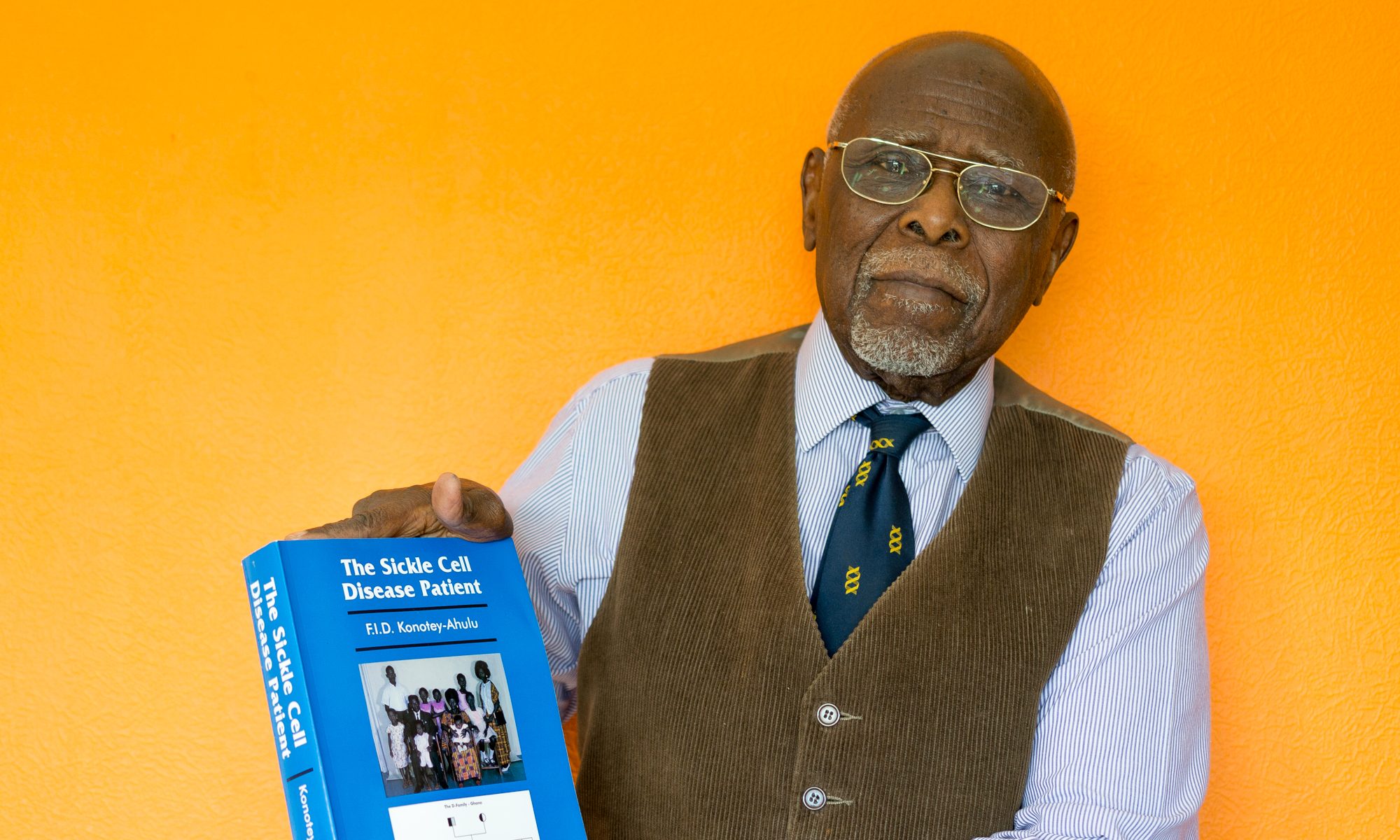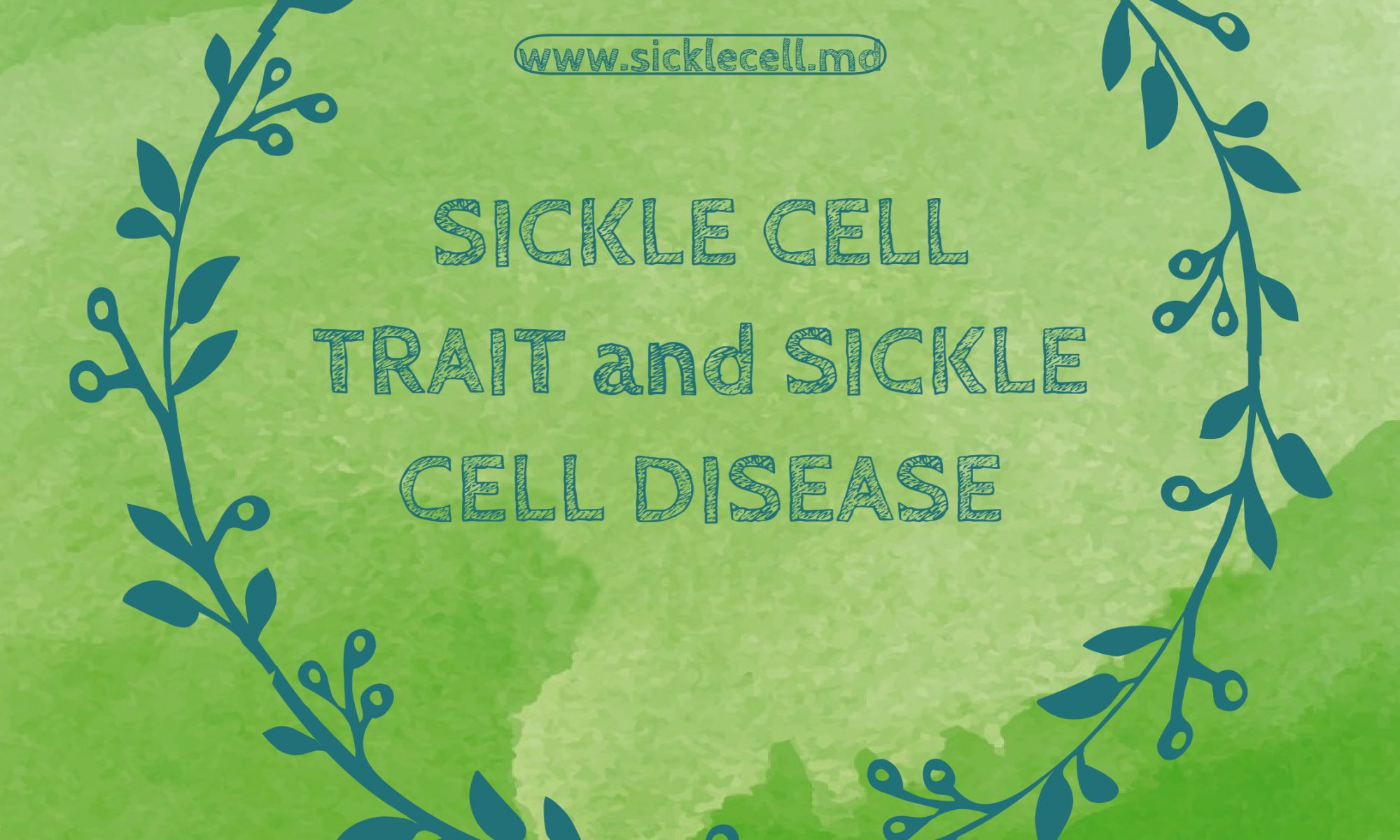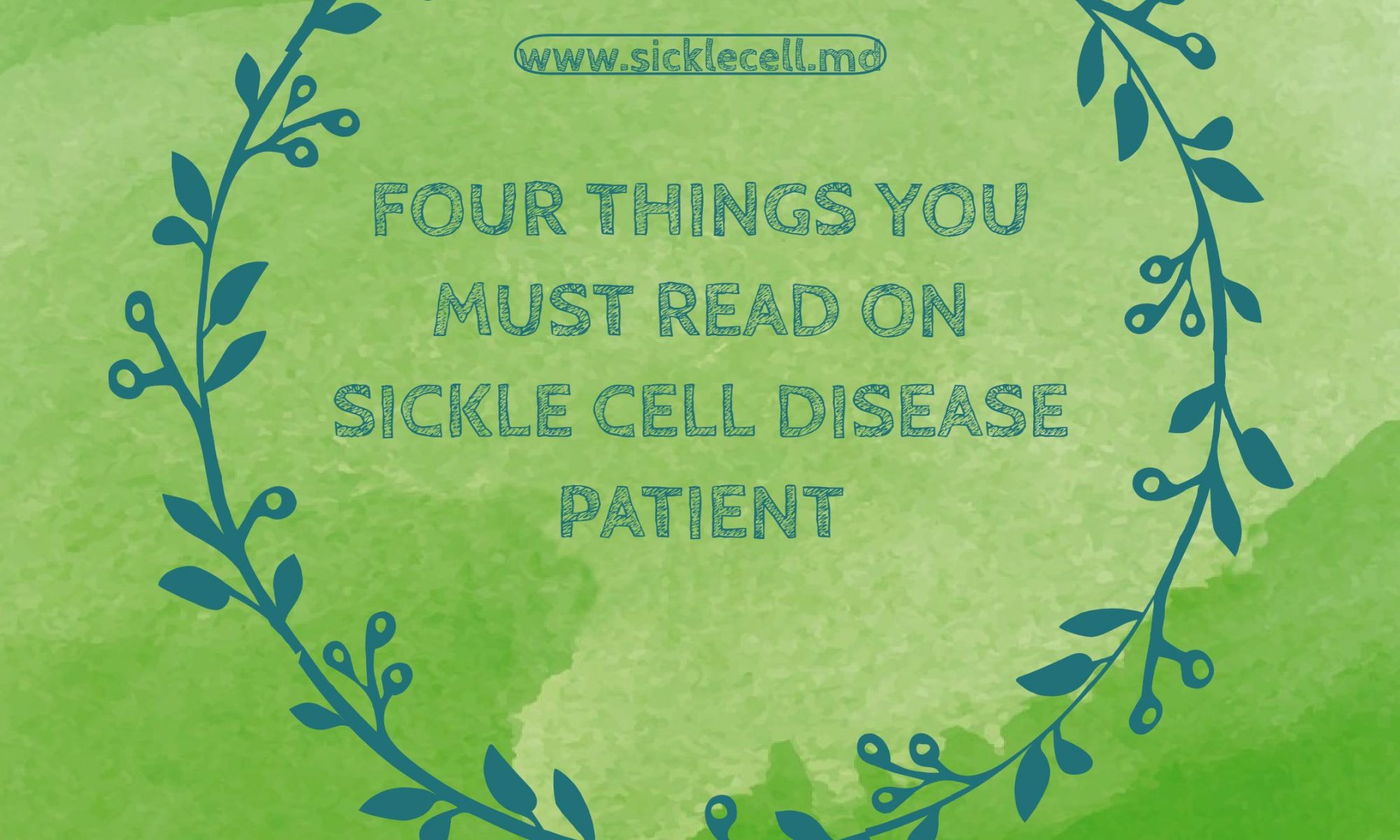On Facebook 15th November 2017 responding to something on a site which described itself as “Sickle Cell Anemia Disease”, I wrote this:
“Please get your correct definitions of sickle cell disease and sickle cell trait from www.sicklecell.md Let no one deceive you re sickle cell trait. Study and learn”
I then got this message: “You know I have heard from people with sickle cell trait get pain once a year or something it’s not serious but I hear they still can have symptoms I mean it is blood line you know”.
Visiting www.sicklecell.md proved to some doctors that sickle cell disease has often been wrongly called sickle cell trait, and vice versa, with serious consequences.
“Pain once a year” is no proof of sickle cell trait. Millions of people around the world who do not have sickle cell trait have pains more than once a week!
Doctors writing SCT for sickle cell trait imply that “SC” is a Trait, which is wrong because “SC” is 2 Abnormal Haemoglobins – a disease phenotype. The Trait must have NORMAL Haemoglobin A plus S, and the “A” fraction must always be greater than the “S”. Sickle Cell Trait is written “AS Trait”, not SCT. If Electrophoresis shows “AS” (1 Normal gene A greater than S) and the person has symptoms like sickle cell disease then the person may well have Sickle Cell Quebec-Chori disease, with Hb Chori behaving like “A”. See [Konotey-Ahulu FID. Lancet February 29, 1992, page 555 http://bit.ly/2d18oOL
Beware of symptomatic sickle cell traits. Lancet, February 29, 1992, page 555.
http://www.thelancet.com/journals/lancet/article/PII0140-6736(92)90377-F/fulltext]


